Home>Garden Essentials>How Many Hours To Germinate Barley
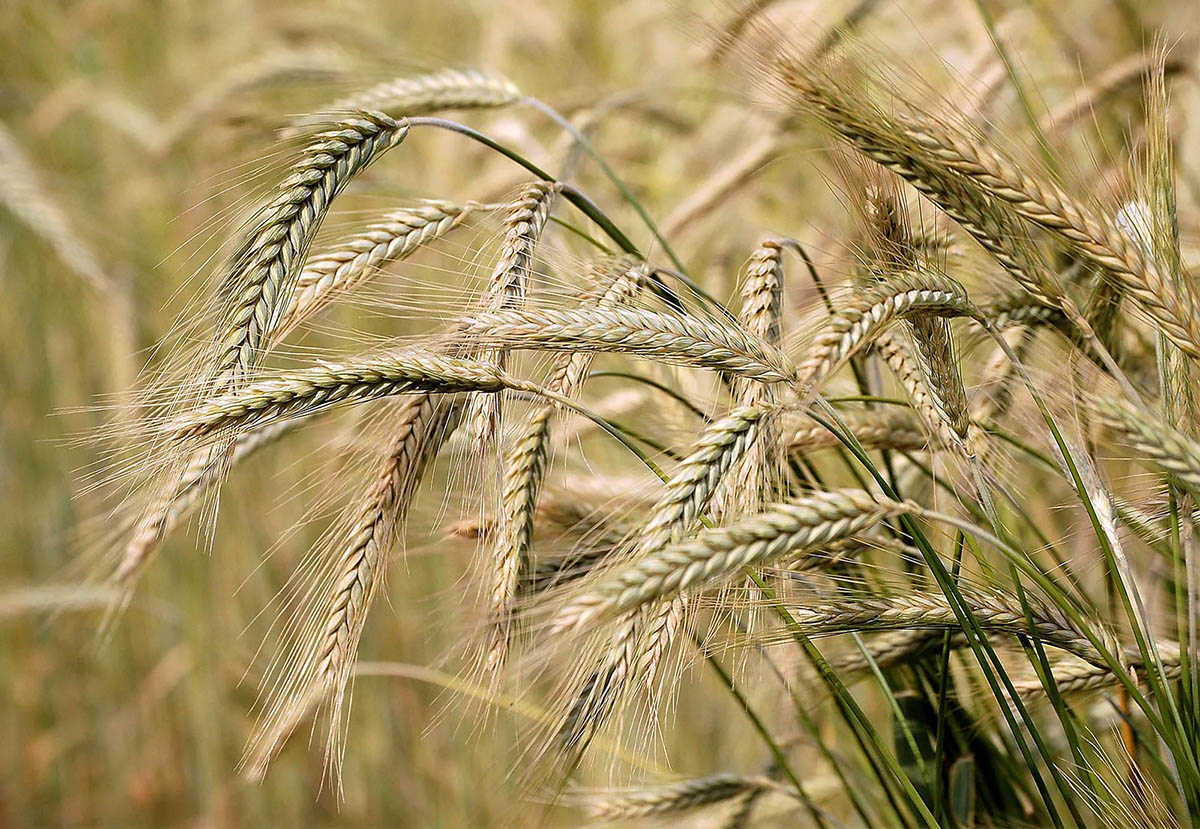

Garden Essentials
How Many Hours To Germinate Barley
Modified: March 16, 2024
Discover how long it takes for barley seeds to germinate in your garden. Learn about the hours required to grow barley and start your planting journey today.
(Many of the links in this article redirect to a specific reviewed product. Your purchase of these products through affiliate links helps to generate commission for Storables.com, at no extra cost. Learn more)
Introduction
Growing your own barley can be a rewarding experience, whether you’re a home gardener or a farmer. However, one key aspect of successful barley cultivation is understanding the germination process. Germination refers to the process by which a seed sprouts and begins to grow into a plant. In the case of barley, the germination process is crucial to the development of healthy plants with strong root systems.
Germination time is the period it takes for a barley seed to sprout and develop into a seedling. The duration of germination can vary depending on several factors, including temperature, moisture, seed quality, light exposure, and any pre-germination treatments applied to the seeds.
In this article, we will explore these factors in detail and provide insights into how they affect the germination time of barley. By understanding the various factors that influence germination time, you can make informed decisions and take appropriate actions to optimize the germination process and ensure a successful barley harvest.
Key Takeaways:
- Barley seeds germinate best in temperatures between 50-68°F. Maintaining optimal moisture, seed quality, and darkness during germination can lead to healthier and more productive barley plants.
- Pre-germination treatments like scarification and soaking can help improve germination time for barley seeds. Understanding and managing these factors can lead to successful barley cultivation.
Read more: How Long To Germinate Barley Grain
Factors Affecting Germination Time of Barley
Several factors play a significant role in determining the germination time of barley seeds. Understanding these factors will help you create optimal conditions for germination and ensure successful growth of your barley plants. Let’s take a closer look at each of these factors:
- Temperature: Temperature is a critical factor that influences the germination time of barley. Barley seeds germinate best within a specific temperature range, typically between 50 and 68 degrees Fahrenheit (10 to 20 degrees Celsius). Lower temperatures can significantly slow down the germination process, while higher temperatures can lead to poor germination or even seedling death. Maintaining the appropriate temperature range is essential for promoting timely and uniform germination.
- Moisture: Adequate moisture is crucial for the germination of barley seeds. When the seeds are exposed to moisture, they absorb it through the seed coat, initiating the germination process. Insufficient moisture can inhibit germination, while excessive moisture can lead to rotting or fungal growth. It’s important to ensure that the soil or planting medium is consistently moist but not waterlogged throughout the germination period.
- Seed Quality: The quality of the barley seeds directly impacts the germination time. High-quality seeds are more likely to germinate quickly and produce robust seedlings. When purchasing barley seeds, it’s advisable to choose certified seeds from reputable suppliers. Additionally, storing the seeds in a cool and dry environment before planting will help maintain their viability and improve germination success.
- Light Exposure: Unlike some other plant species, barley seeds do not require light for germination. In fact, exposing the seeds to light during the germination process can inhibit their growth. Therefore, it’s recommended to sow barley seeds slightly deeper in the soil to provide them with sufficient darkness. This will allow them to germinate without any hindrance from light exposure.
- Pre-Germination Treatments: Certain pre-germination treatments can help enhance the germination time of barley seeds. Scarification, which involves scratching or nicking the seed coat, can promote water absorption and speed up germination. Soaking the seeds in water for a few hours or overnight can also encourage faster germination. These treatments can be particularly beneficial for seeds with hard seed coats or those that have been stored for a long time.
By carefully considering and managing these factors, you can create optimal conditions for the germination of barley seeds. Providing the right temperature, maintaining appropriate moisture levels, ensuring seed quality, avoiding light exposure, and applying pre-germination treatments when necessary will help expedite the germination process, leading to healthier plants and a successful barley harvest.
Temperature and Germination Time
The temperature at which you grow your barley seeds plays a crucial role in determining the germination time. Barley seeds have specific temperature requirements for optimal germination, and deviating from these conditions can significantly impact the germination process.
Generally, barley seeds germinate best within a temperature range of 50 to 68 degrees Fahrenheit (10 to 20 degrees Celsius). Within this range, the germination process is typically faster and more uniform. Seeds exposed to temperatures below this range may exhibit delayed germination or uneven sprouting, while those subjected to higher temperatures can experience poor germination or even seedling death.
When the temperature is too low, the metabolic activities within the barley seeds slow down. This hampers the enzymes responsible for breaking down stored food reserves, which are essential for germination. As a result, the germination process takes longer, and seedlings may emerge weak and susceptible to disease, pests, or environmental stress.
On the other hand, high temperatures can lead to desiccation of the seeds, hindering water absorption and metabolic processes required for germination. Additionally, excessively high temperatures can damage the genetic material within the seeds, reducing their ability to germinate successfully.
To ensure optimal temperature conditions for germination, it’s important to monitor and regulate the environment. If you are planting barley outdoors, it’s crucial to consider the average temperatures during the planting season. In cooler climates, you may need to start germinating your seeds indoors or provide protection from frost and cold temperatures.
For indoor germination, you can use heated propagators or seedling heat mats to maintain a consistent temperature. These devices provide warmth to the seeds, creating a microclimate that promotes faster and more uniform germination. It’s advisable to follow the specific temperature requirements provided by the barley seed supplier or consult local agricultural extension services for region-specific recommendations.
In summary, providing the right temperature is vital for the successful germination of barley seeds. Maintaining a consistent temperature within the recommended range of 50 to 68 degrees Fahrenheit (10 to 20 degrees Celsius) will help ensure timely and uniform sprouting and promote the development of healthy seedlings.
Moisture and Germination Time
Moisture is a critical factor in the germination process of barley seeds. Adequate moisture is essential for the activation of enzymes, respiration, and cell division, enabling the seeds to sprout and develop into seedlings.
During germination, moisture triggers a series of biochemical reactions within the seed. The embryo within the seed absorbs water, causing the seed coat to swell and eventually crack. This allows the emerging radicle, or primary root, to extend and initiate the growth of the seedling.
However, it’s crucial to strike the right balance when it comes to moisture levels. Insufficient moisture can lead to delayed or incomplete germination, while excessive moisture can cause the seeds to rot or develop fungal infections.
Before planting your barley seeds, it’s important to ensure that the soil or planting medium is consistently moist but not waterlogged. If the soil is too dry, the seeds may fail to draw in enough moisture to trigger germination. In such cases, pre-soaking the seeds for several hours or overnight can help jumpstart the germination process by ensuring that they are well-hydrated before planting.
On the other hand, if the soil is overly saturated or waterlogged, the barley seeds may suffocate or become susceptible to fungal diseases. To prevent waterlogging, ensure that the planting area has adequate drainage. If necessary, amend the soil with organic matter to improve its structure and drainage capacity.
Regular monitoring of moisture levels is crucial during the germination period. Check the soil moisture using your finger or a soil moisture meter, and water as needed to maintain the desired moisture level. Avoid overwatering, as excessive moisture can drown the seeds or lead to the development of fungal pathogens.
In addition to external moisture, it’s also important to consider the moisture condition of the barley seeds themselves. Seeds that have been stored for an extended period may have lower moisture content, which can prolong the germination process. Pre-soaking or stratifying the seeds can help improve their moisture level and encourage faster and more uniform germination.
In summary, maintaining appropriate moisture levels is essential for the successful germination of barley seeds. Ensuring consistent but not excessive moisture in the soil, pre-soaking if necessary, and regularly monitoring moisture levels throughout the germination period will create an optimal environment for the seeds to sprout and develop into healthy seedlings.
Barley typically takes 24-48 hours to germinate. Keep the seeds moist and at a temperature of 60-70°F for best results.
Seed Quality and Germination Time
The quality of barley seeds has a direct impact on the germination time and the overall success of your barley crop. Using high-quality seeds significantly increases the chances of achieving rapid and uniform germination, leading to healthier and more productive plants.
When purchasing barley seeds, it is important to select certified seeds from reputable suppliers. Certified seeds ensure that the seeds have been tested for purity, germination rate, and genetic integrity. These tests provide assurance that the seeds meet certain standards, which indicates their potential for successful germination.
Poor-quality seeds, on the other hand, may have lower viability and germination rates, leading to delayed or uneven germination. They may also be more susceptible to disease and other environmental stresses, resulting in weaker and less productive plants.
Seed quality can be influenced by various factors, including the age of the seeds, improper storage conditions, and genetic variability among different seed lots. Seeds that have been stored for a longer period may experience a reduction in overall viability and germination capacity. Therefore, it is advisable to use fresh seeds or those that have been properly stored in cool and dry conditions.
Before sowing, it is a good practice to conduct a germination test. This can be done by placing a sample of seeds on a moist paper towel and keeping it in a warm and dark environment for several days. By monitoring the seeds’ germination rate, you can assess the overall quality and viability of the seed batch.
Additionally, it’s important to consider the genetic variability within barley seed lots. Different varieties or cultivars may have different germination characteristics. Some varieties are known for their faster germination, while others may take longer. Understanding the specific germination requirements and characteristics of the variety you’re planting can help you better manage the germination process.
To optimize germination time, ensure that you are starting with high-quality seeds from a reliable source. Properly storing the seeds, conducting germination tests, and selecting appropriate barley varieties based on their germination characteristics will increase the likelihood of achieving timely and uniform germination, leading to a successful barley crop.
Read more: How Many Days For Yarrow To Germinate
Light Exposure and Germination Time
When it comes to germination, light exposure is an important factor to consider for many plant species. However, barley seeds have a unique characteristic—they do not require light for germination. In fact, exposing barley seeds to light during the germination process can have a negative impact on their growth.
Barley seeds are considered “negative photoblastic,” meaning they germinate in the absence of light. When exposed to light, they may undergo light-induced inhibition, which can impede their germination and subsequent growth. Therefore, it’s important to provide the seeds with darkness during the germination period.
When sowing barley seeds, ensure that they are planted at an appropriate depth in the soil to shield them from light exposure. A general rule of thumb is to sow the seeds at a depth of about 1 to 2 inches (2.5 to 5 centimeters) in the soil. This depth allows for sufficient darkness, promoting successful germination.
It’s worth noting that once the seedlings emerge from the soil, they do require light for their growth and development. At this stage, you can gradually introduce the seedlings to light by placing them in a location with adequate sunlight or providing artificial grow lights if growing indoors.
By providing the necessary darkness during the germination process and ensuring proper light exposure for the seedlings after emergence, you can optimize the germination time of barley seeds. This will result in healthy and vigorous plants ready to grow and thrive in their subsequent growth stages.
Pre-Germination Treatments and Germination Time
Pre-germination treatments are techniques or methods applied to barley seeds before planting to enhance germination time and seedling development. These treatments can help break seed dormancy, improve water absorption, and promote faster and more uniform germination. Let’s explore some common pre-germination treatments and their impact on germination time.
1. Scarification: Scarification involves scratching or nicking the seed coat to weaken its protective layer. This treatment enhances water absorption by allowing moisture to penetrate the seed coat more easily. As a result, the seeds can hydrate faster, leading to quicker germination. Scarification is particularly useful for seeds with hard or impermeable seed coats. This treatment can be done manually using a file or sandpaper, or by soaking the seeds in hot water for a short period before planting.
2. Soaking: Soaking barley seeds in water before planting can help expedite the germination process. By softening the seed coat and providing a moist environment, soaking encourages the seeds to imbibe water and initiate germination. Depending on the specific needs of the seeds, soaking can range from a few hours to overnight. However, it’s important not to exceed the recommended soaking time, as excessively long soaking periods can lead to seed damage or fungal growth.
3. Stratification: Stratification is a pre-germination treatment that simulates the natural conditions seeds would experience during the winter season. This treatment exposes the seeds to a period of cold temperatures, typically between 32 and 41 degrees Fahrenheit (0 to 5 degrees Celsius), for a specified duration. Stratification can help overcome seed dormancy and promote more consistent and rapid germination when the seeds are subsequently planted in optimal conditions.
4. Chemical Treatments: Some chemical treatments, such as gibberellic acid, can be used to promote germination. These treatments involve the application of specific chemicals or hormones to the seeds, which can help break dormancy, speed up germination, and improve overall seedling vigor. Chemical treatments should be used with caution and following the manufacturer’s instructions to ensure the correct dosage and application method.
It’s important to note that not all barley seeds may require pre-germination treatments. Varieties with naturally high germination rates and seeds that have been well-stored may not benefit significantly from these treatments. However, for seeds with hard seed coats or those that have been stored for a long duration, pre-germination treatments can be valuable in improving germination time and overall success.
By carefully considering the specific needs of your barley seeds and applying appropriate pre-germination treatments, you can optimize germination time and improve the overall success of your barley crop. When using these treatments, always follow the recommended guidelines and consider consulting with local agricultural experts or seed suppliers for specific recommendations based on your region and barley variety.
Summary and Conclusion
Germination time is a critical stage in the growth of barley plants. Understanding the various factors that influence germination time can help you create optimal conditions for successful barley cultivation. Throughout this article, we explored several key factors that affect germination time, including temperature, moisture, seed quality, light exposure, and pre-germination treatments.
Temperature plays a crucial role in determining the germination time of barley seeds. Maintaining the recommended temperature range of 50 to 68 degrees Fahrenheit (10 to 20 degrees Celsius) promotes timely and uniform germination. Adequate moisture is also essential for seed hydration and germination. Finding the right balance between soil moisture and avoiding waterlogging is crucial for optimal germination.
Seed quality significantly impacts germination time, with higher-quality seeds generally resulting in faster and more uniform germination. Choosing certified seeds from reputable suppliers and ensuring proper seed storage conditions can help maximize germination success.
For barley seeds, darkness is essential during the germination process, as exposure to light can inhibit germination. Sow the seeds at an appropriate depth to shield them from light. Finally, pre-germination treatments such as scarification, soaking, stratification, and chemical treatments can be used to improve germination time for specific seed types.
In conclusion, by considering and managing these factors, you can optimize the germination time of barley seeds, leading to healthier and more productive plants. Remember to follow the specific recommendations for your barley variety and consult with experts or seed suppliers for region-specific advice.
With the right knowledge and proper care, you can ensure successful germination and cultivate a thriving barley crop. Happy gardening!
Frequently Asked Questions about How Many Hours To Germinate Barley
Was this page helpful?
At Storables.com, we guarantee accurate and reliable information. Our content, validated by Expert Board Contributors, is crafted following stringent Editorial Policies. We're committed to providing you with well-researched, expert-backed insights for all your informational needs.
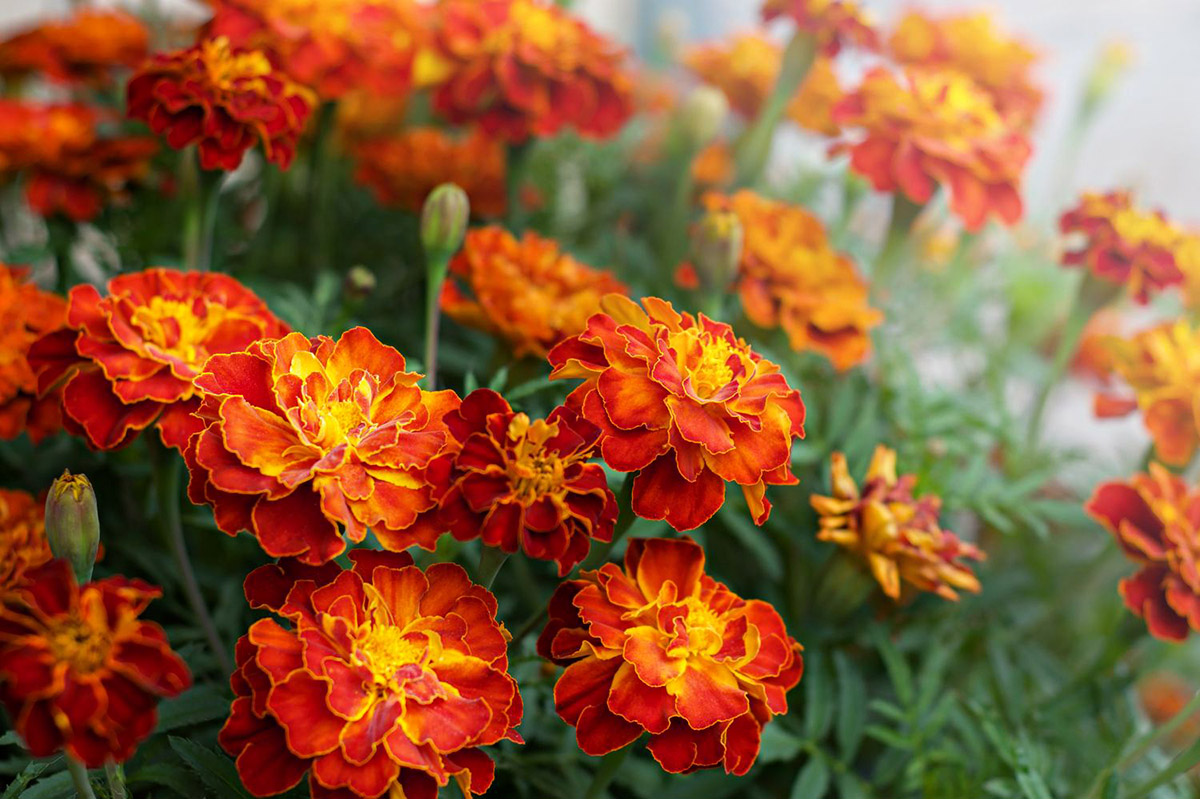
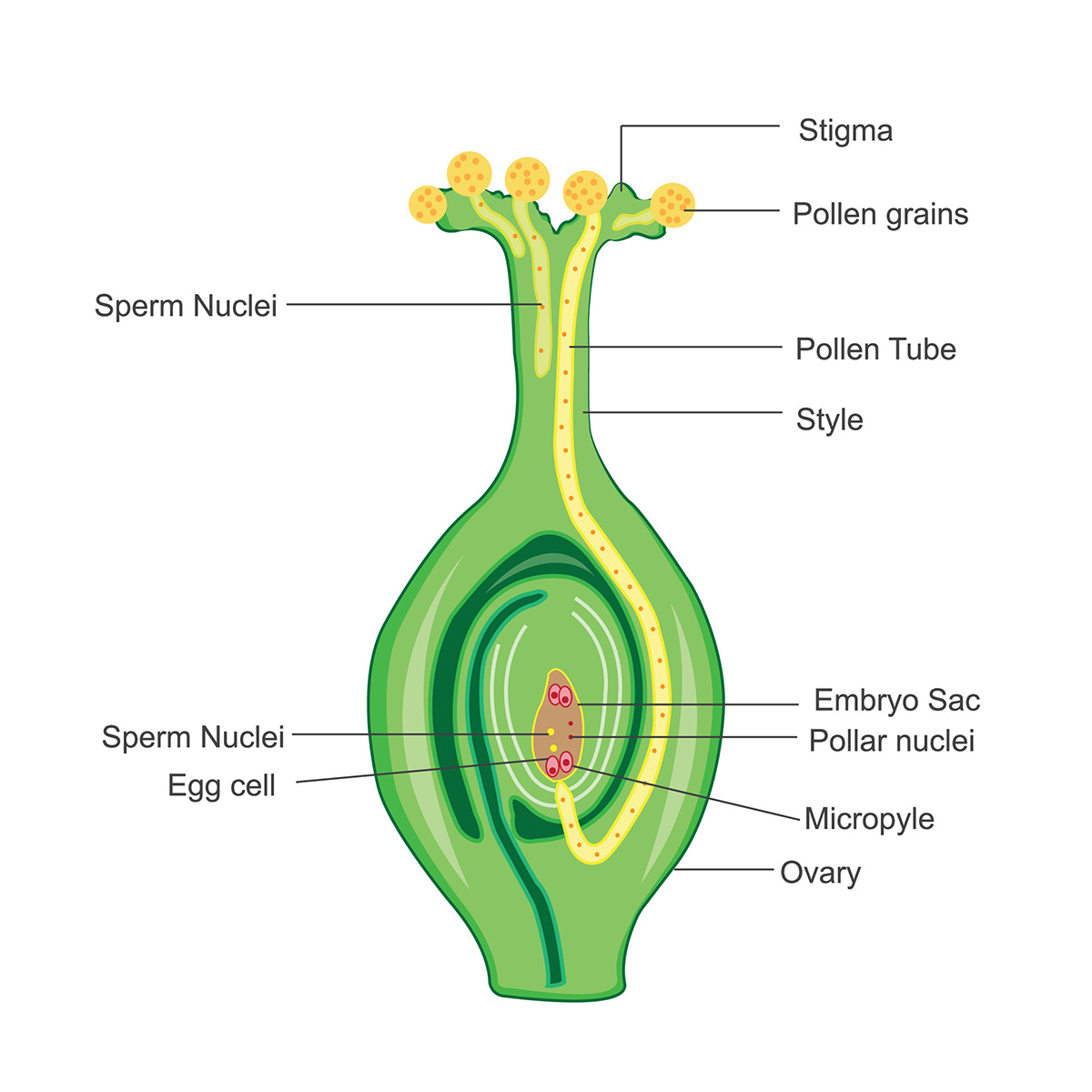
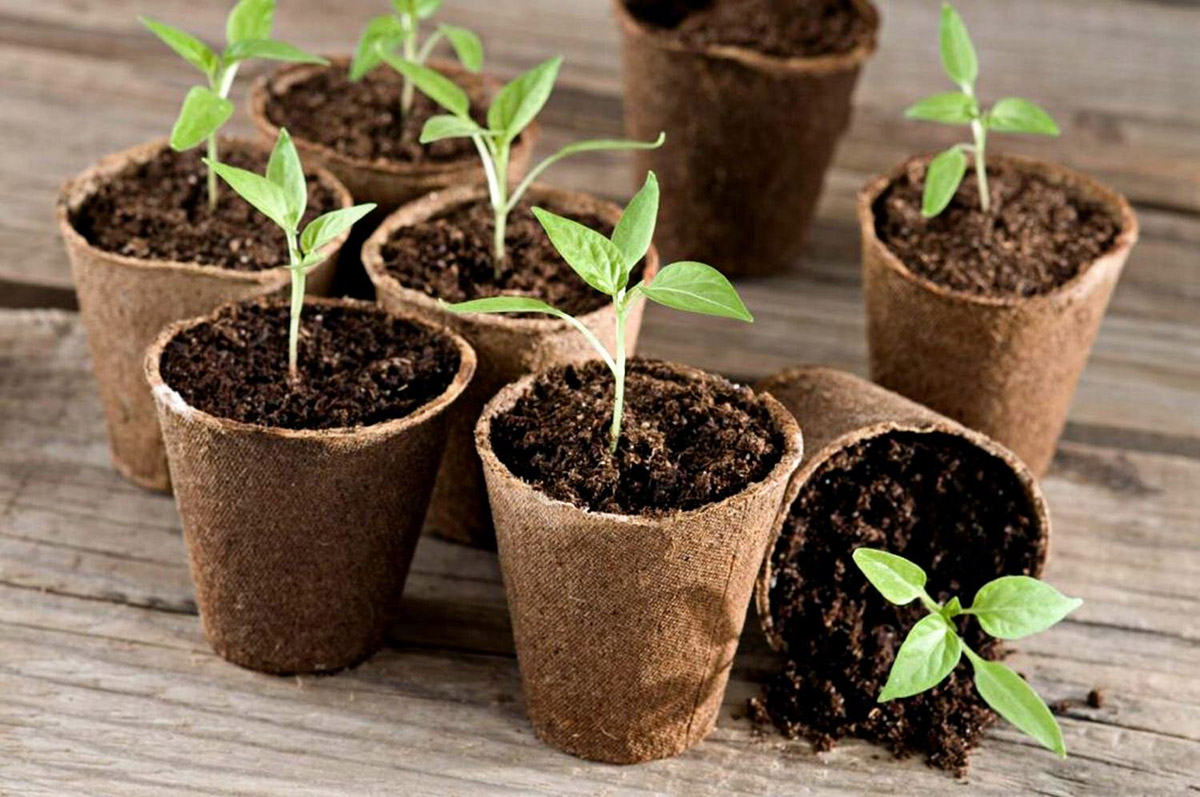
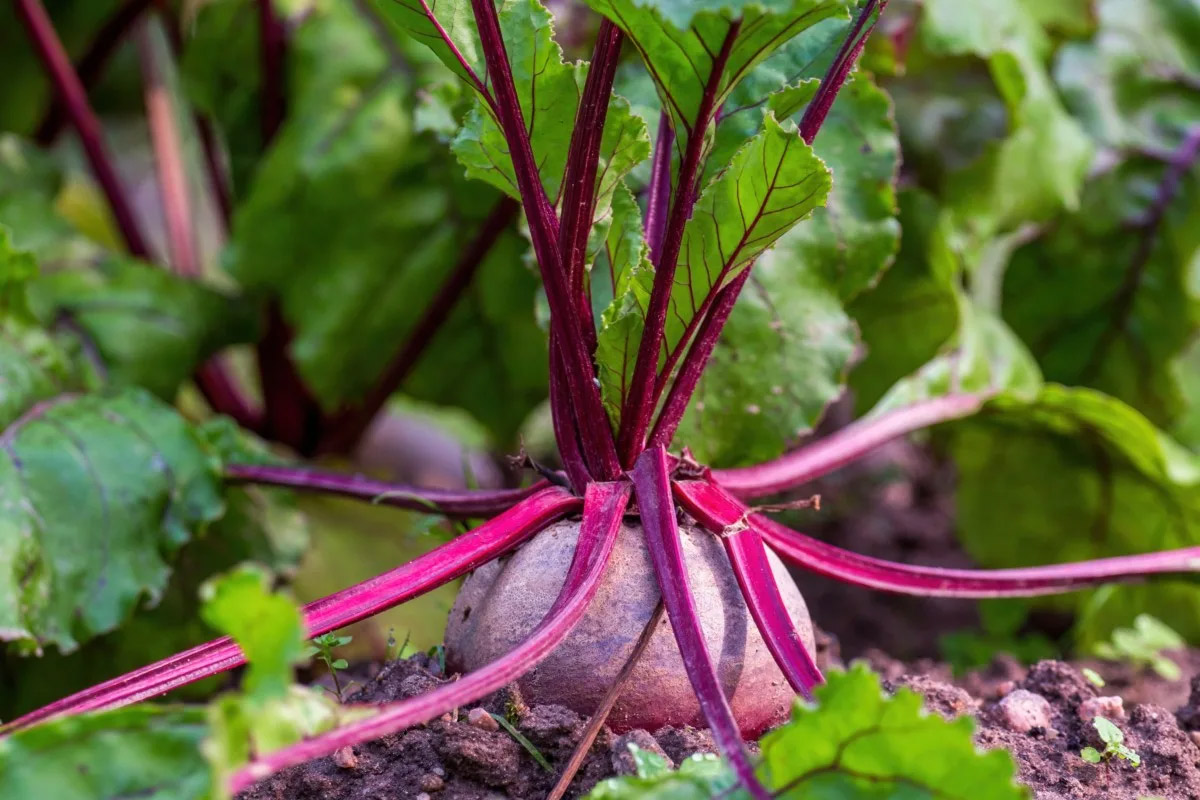
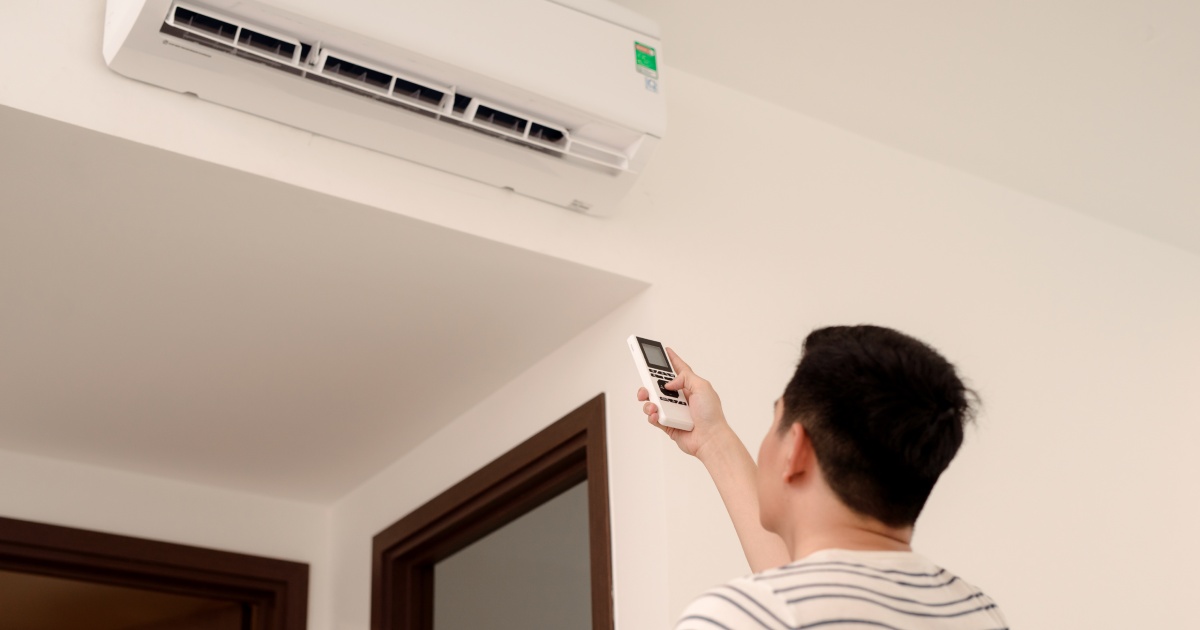
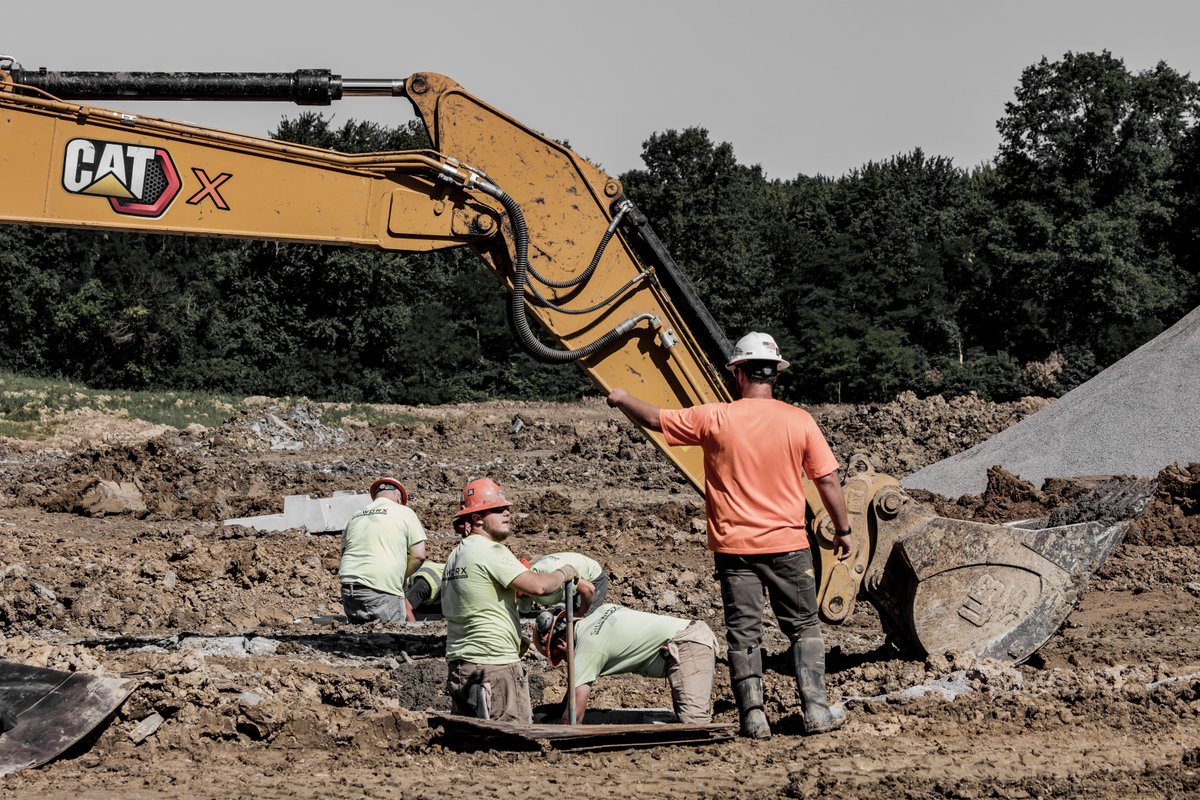
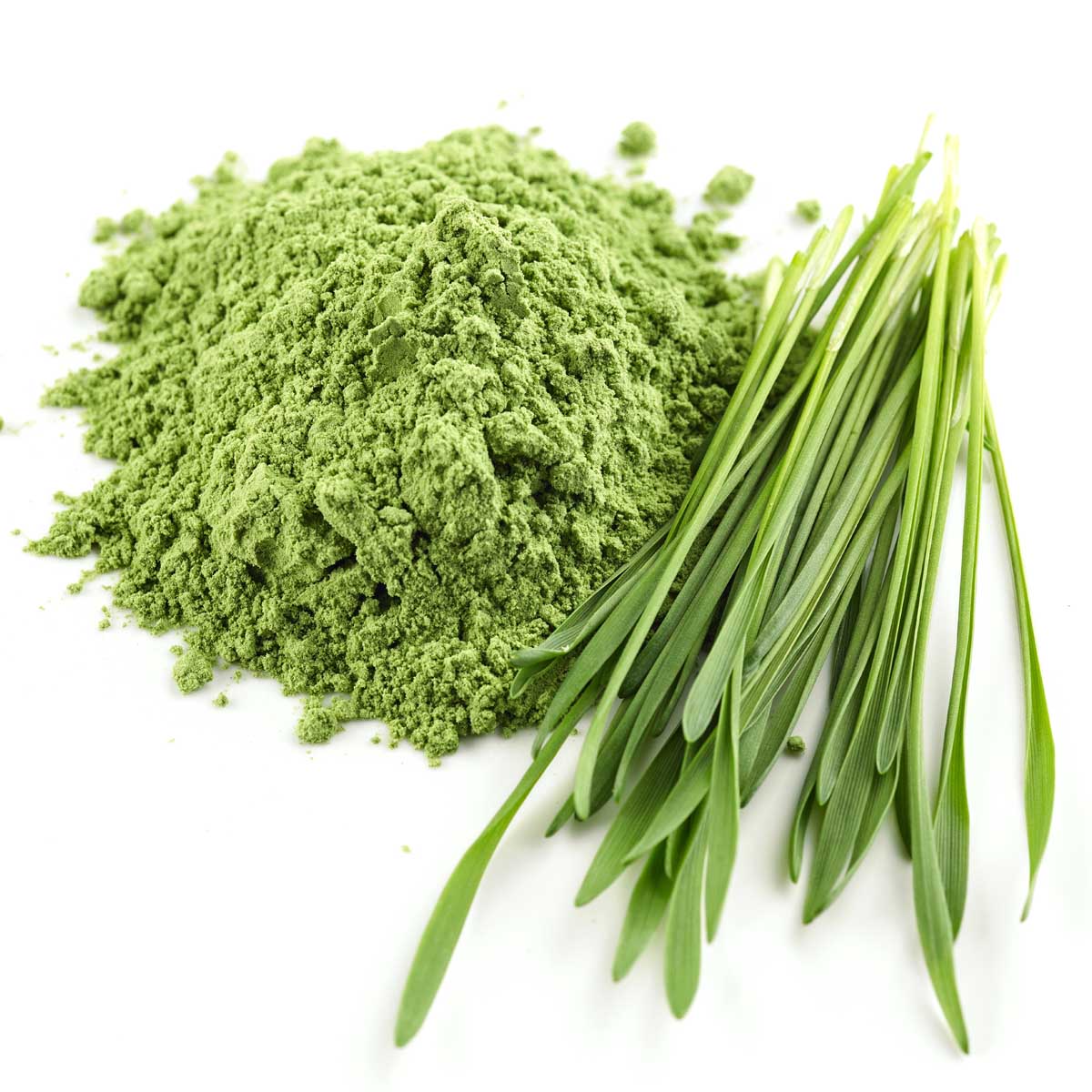
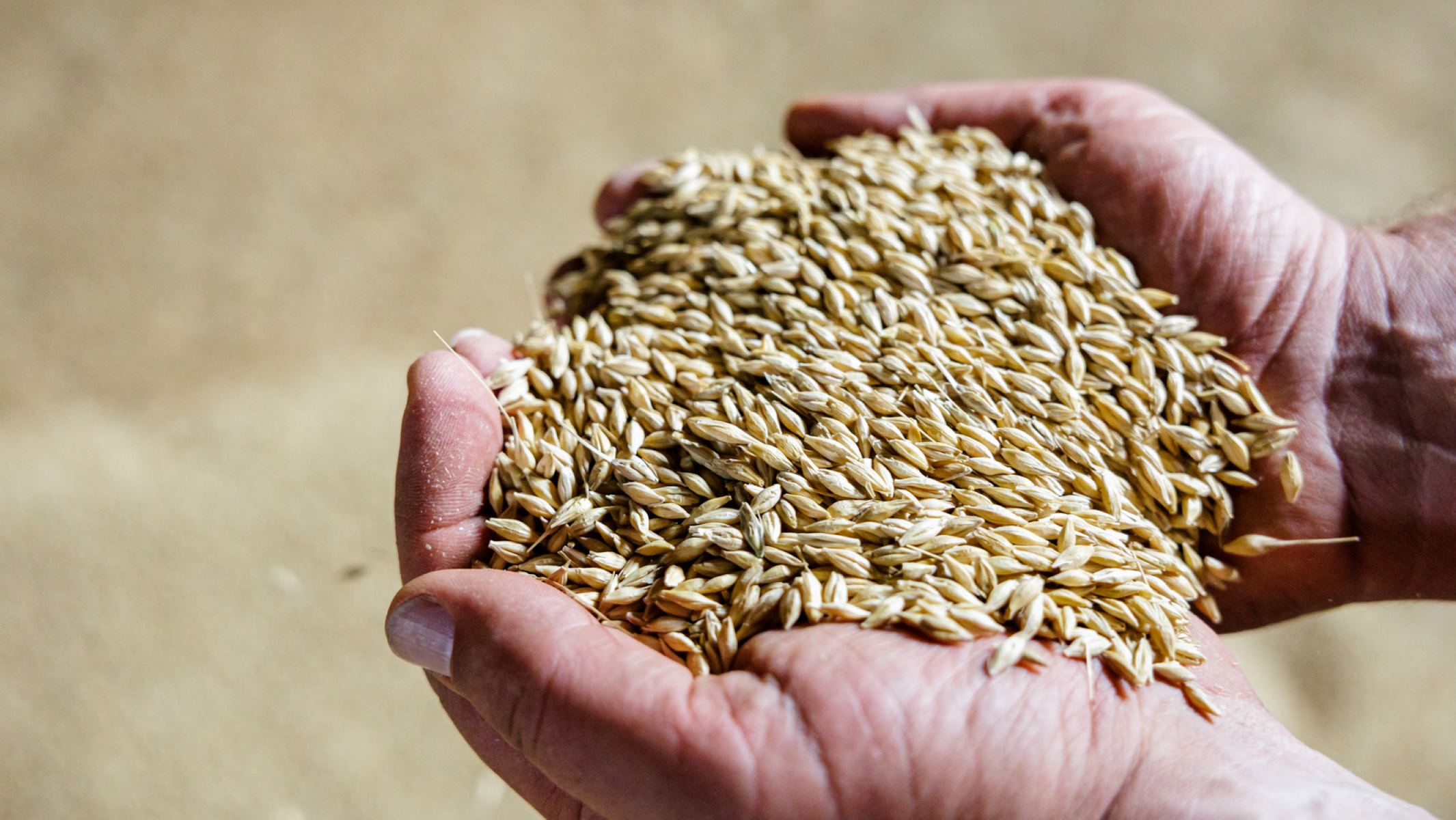

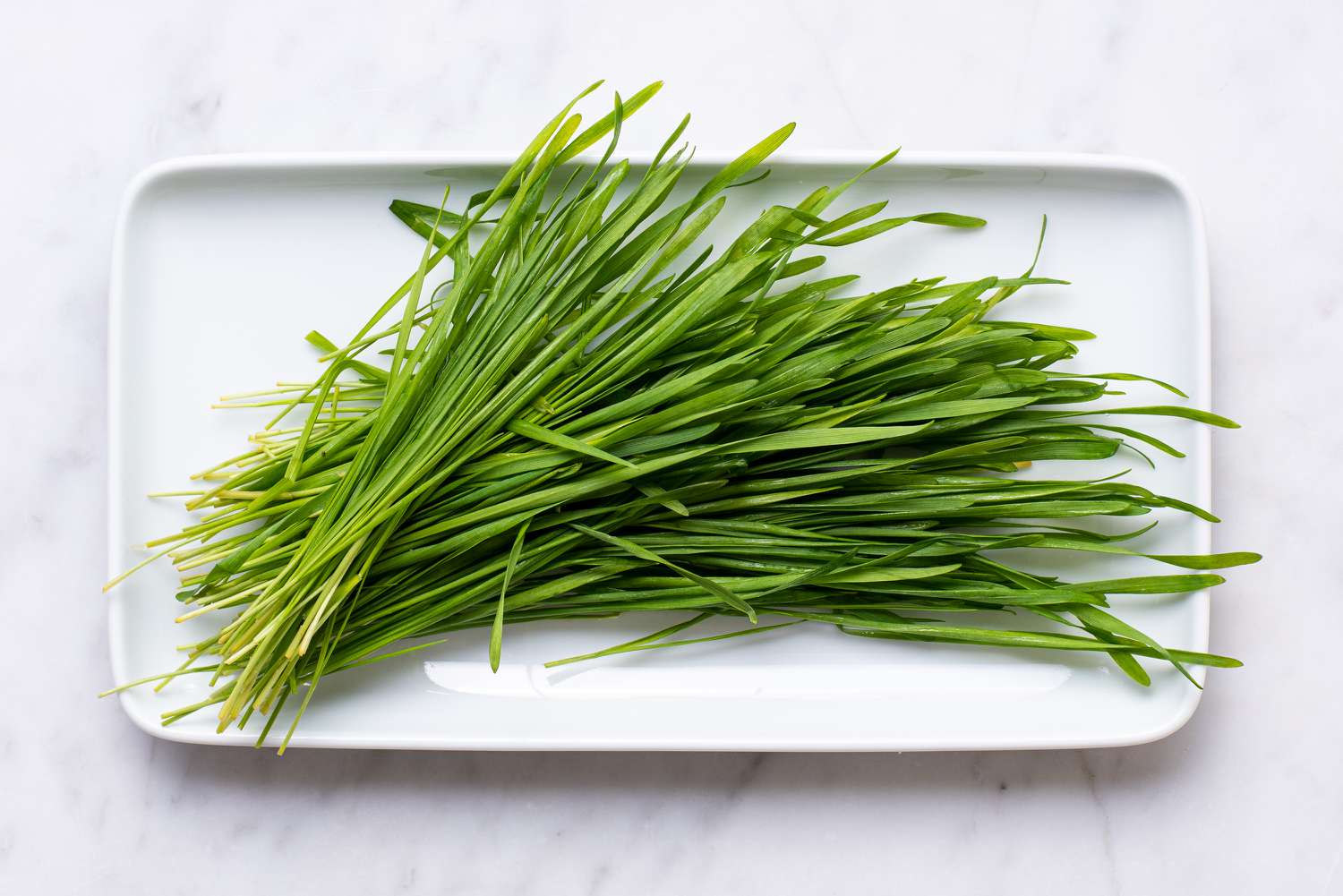
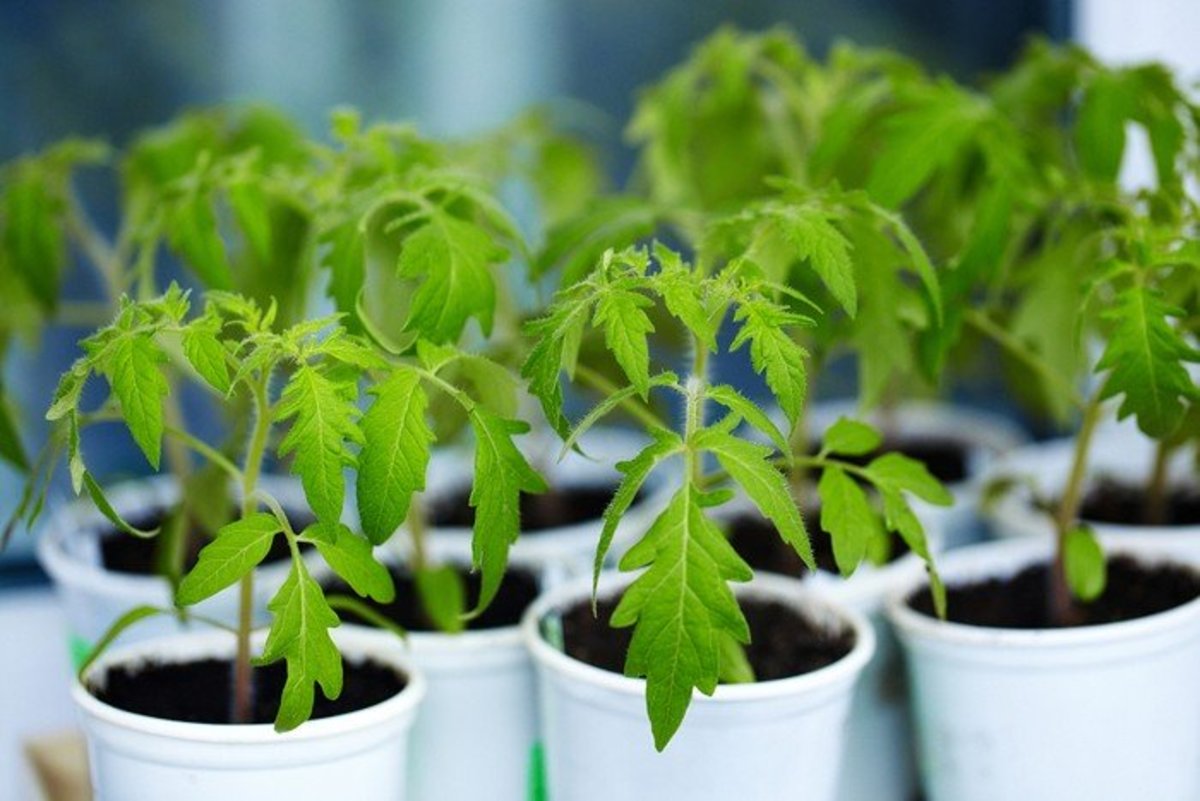
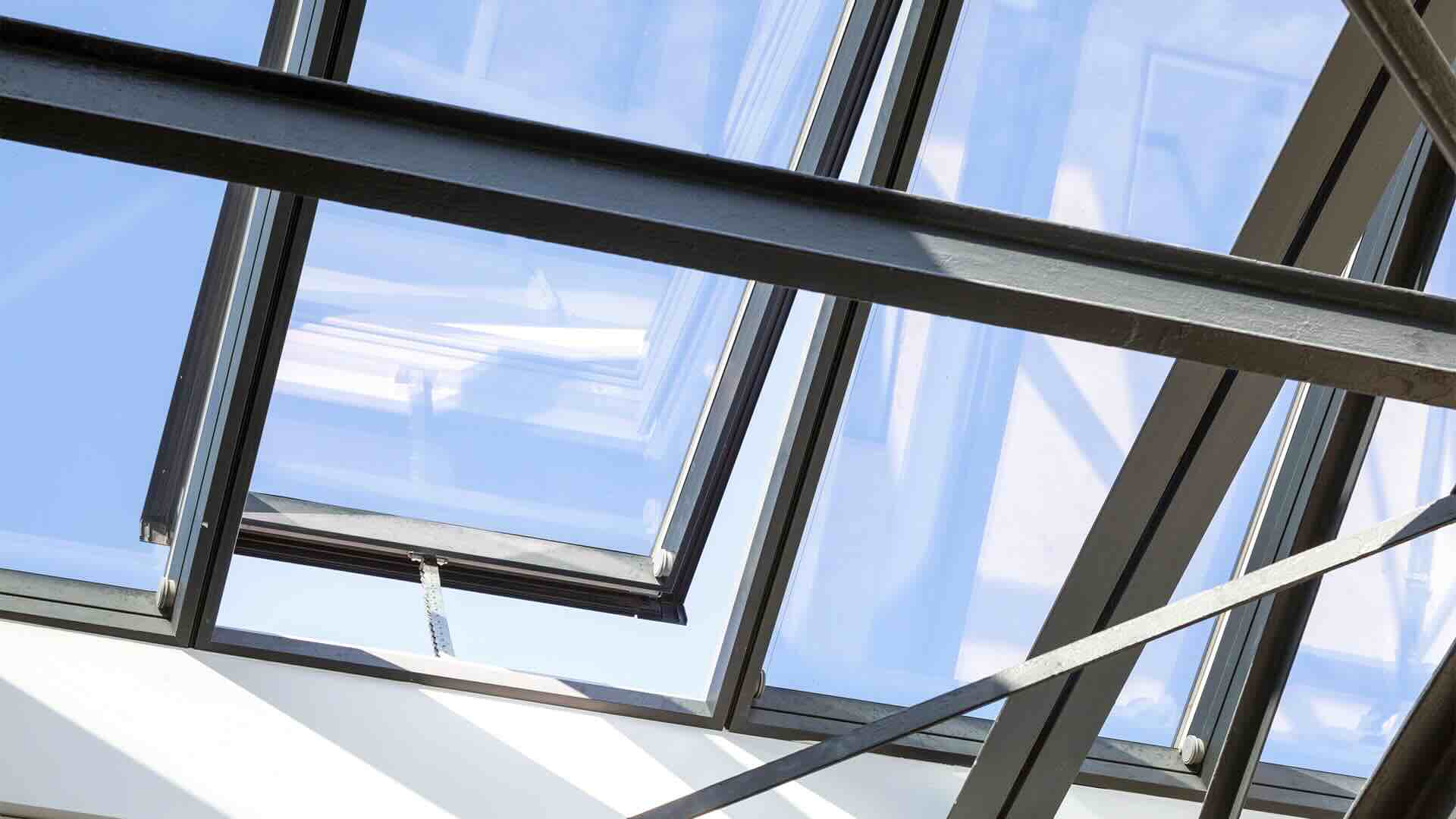



0 thoughts on “How Many Hours To Germinate Barley”